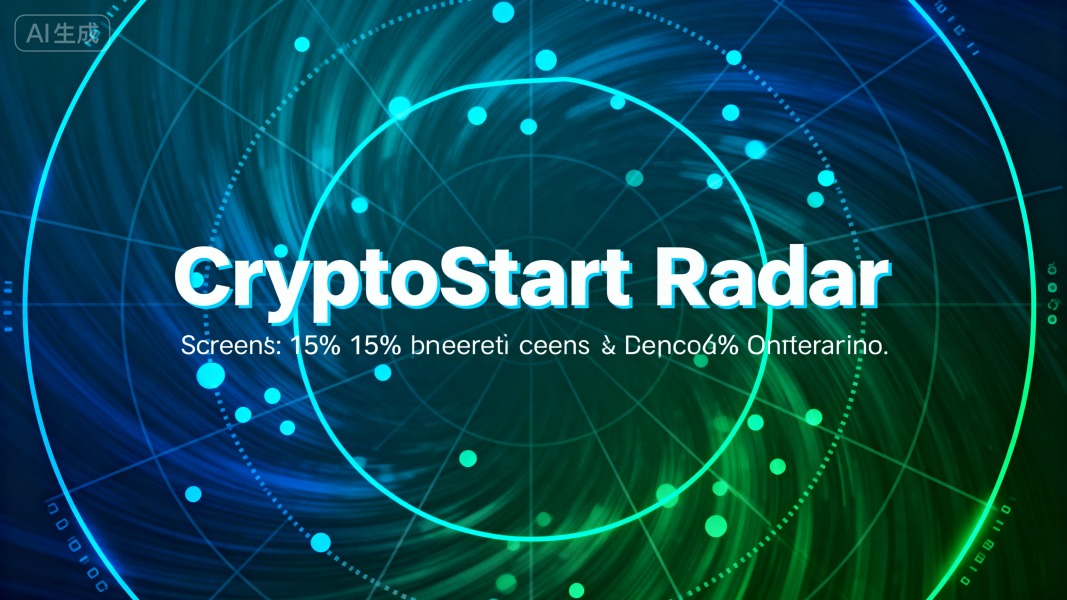cryptocurrency simulator
A guide to virtual tools for exploring trading, mining, and blockchain—practice with crypto risk-free.
What Is a Cryptocurrency Simulator?
A cryptocurrency simulator is a platform that replicates real cryptocurrency ecosystems, letting users interact with digital assets like Bitcoin and Ethereum using virtual funds. These tools mimic market conditions, blockchain mechanics, and wallet functions, providing a safe sandbox to learn and experiment without financial risk.
Whether you want to trade, mine, or understand blockchain technology, simulators offer hands-on experience with all aspects of crypto—no real money required.
What Can You Do with a Cryptocurrency Simulator?
Simulators offer a range of activities to explore crypto:
Practice Crypto Trading
Trade virtual versions of top cryptos with fake funds:
- Buy/sell Bitcoin, Ethereum, and altcoins using $10k–$100k in virtual money.
- Test strategies: day trading, swing trading, or long-term holding.
- Experiment with order types: market, limit, and stop-loss orders.
- Track portfolio performance with profit/loss metrics.
Simulate Cryptocurrency Mining
Learn mining basics without expensive hardware:
- Experience mining Bitcoin, Ethereum, or PoW coins virtually.
- See how hash rate, difficulty, and energy costs affect virtual profits.
- Test setups: GPU vs. ASIC mining, solo vs. pool mining.
Master Wallet Management
Get comfortable with wallets and transactions:
- Create virtual hot/cold wallets to store simulated funds.
- Practice sending/receiving crypto, including fee calculations.
- Learn to secure wallets with private keys and 2FA.
Explore Blockchain and Smart Contracts
Understand the tech behind crypto:
- Visualize blockchain mechanics: blocks, hashes, and validation.
- Interact with virtual smart contracts and dApps (e.g., Ethereum simulators).
- Learn about network forks and upgrades in a controlled environment.
Who Uses Cryptocurrency Simulators?
Simulators cater to a broad audience:
- Beginners: Learn crypto basics without risking money.
- Students/Educators: Study blockchain or teach crypto literacy.
- Aspiring Miners/Traders: Test strategies before real investment.
- Developers: Prototype crypto apps or smart contracts.
- Casual Enthusiasts: Explore crypto out of curiosity.
Types of Cryptocurrency Simulators
- Trading-Focused: CryptoSim, Binance Testnet (for buying/selling practice).
- Mining Simulators: Bitcoin Miner Simulator (replicates mining mechanics).
- Blockchain Explorers: Simulated Etherscan-like tools for inspecting virtual blocks.
- All-in-One Platforms: Educational sites combining trading, mining, and wallet practice.
- Mobile Apps: Simplified iOS/Android tools for on-the-go learning.
Benefits & Considerations
Benefits:
- No financial risk—mistakes are part of learning.
- Hands-on experience that builds confidence.
- Freedom to test scenarios you’d avoid in real life.
- Free access for most tools, making crypto education inclusive.
Considerations:
- May simplify real-world complexities (latency, hardware costs).
- Virtual success doesn’t guarantee real-world results.
- Choose tools matching your goal (trading, mining, or tech exploration).
Conclusion
Cryptocurrency simulators are essential for anyone looking to explore digital assets without risk. They turn complex crypto concepts into hands-on learning experiences, from trading to mining and blockchain mechanics. Whether you’re a beginner or an enthusiast, these tools provide the confidence and knowledge to engage with real crypto markets—when you’re ready—with greater skill. Start with a simulator today to unlock the world of cryptocurrency.

